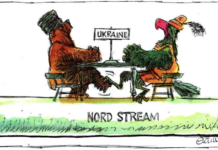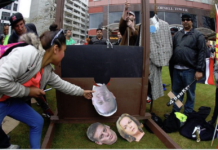
Family Violence Clearing house has published today a research paper “Preventing adolescent relationship abuse and promoting healthy relationships” which looks at adolescence domestic violence in Aotearoa. The paper found a number of issues, many of which Women’s Refuge has long advocated for; most importantly the need to increase efforts around intervention and prevention.
“We have always said that we need to build a fence at the top of the cliff, and providing quality advice and support to young people on how to have healthy relationship is a key part of doing this,” says Women’s Refuge Chief Executive Dr Ang Jury. “If we’re ever going to create real sustainable change, we need to start working with our young people before abuse begins.”
“Breaking down stereotypes on gender norms and roles is fundamental and is even more relevant today as people socialise and communicate more online, and less face to face; young people are relying more on what they think is the right way to behave based on a void of information and a punitive approach, rather than people and society explaining to them ‘this is what a healthy relationship looks and feels like.”
Women’s Refuge has developed an early intervention programme called Mana Taurite that focuses on the core concepts that people need to understand to enable them to have healthy intimate relationships; gender equality, equity, objectification, communication.
“Many youth we’ve worked with had never really thought too much about gender inequality- the why and how; so it is critical to get them to think about the concepts by applying them to situations they can identify with, challenging their thinking and providing them with sound advice and examples to communicate better, and then pair all this with clever dynamic facilitators that get the information across clearly and in an innovative way.”
“We’ve had fantastic feedback from participants especially the males, particularly around the communication components and understanding how objectification works; many of them were surprised and empowered to change the way the think and talk about women.”




